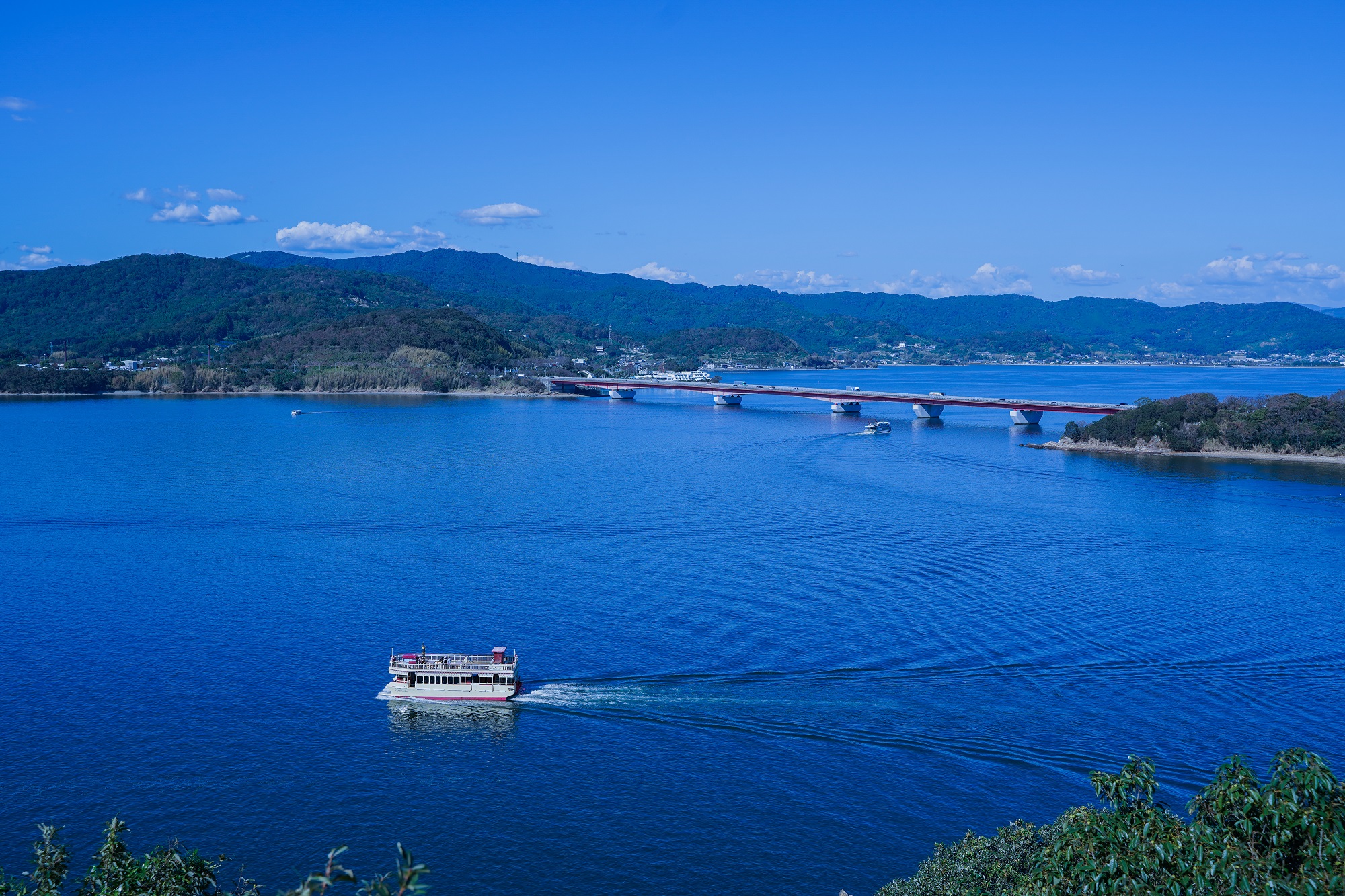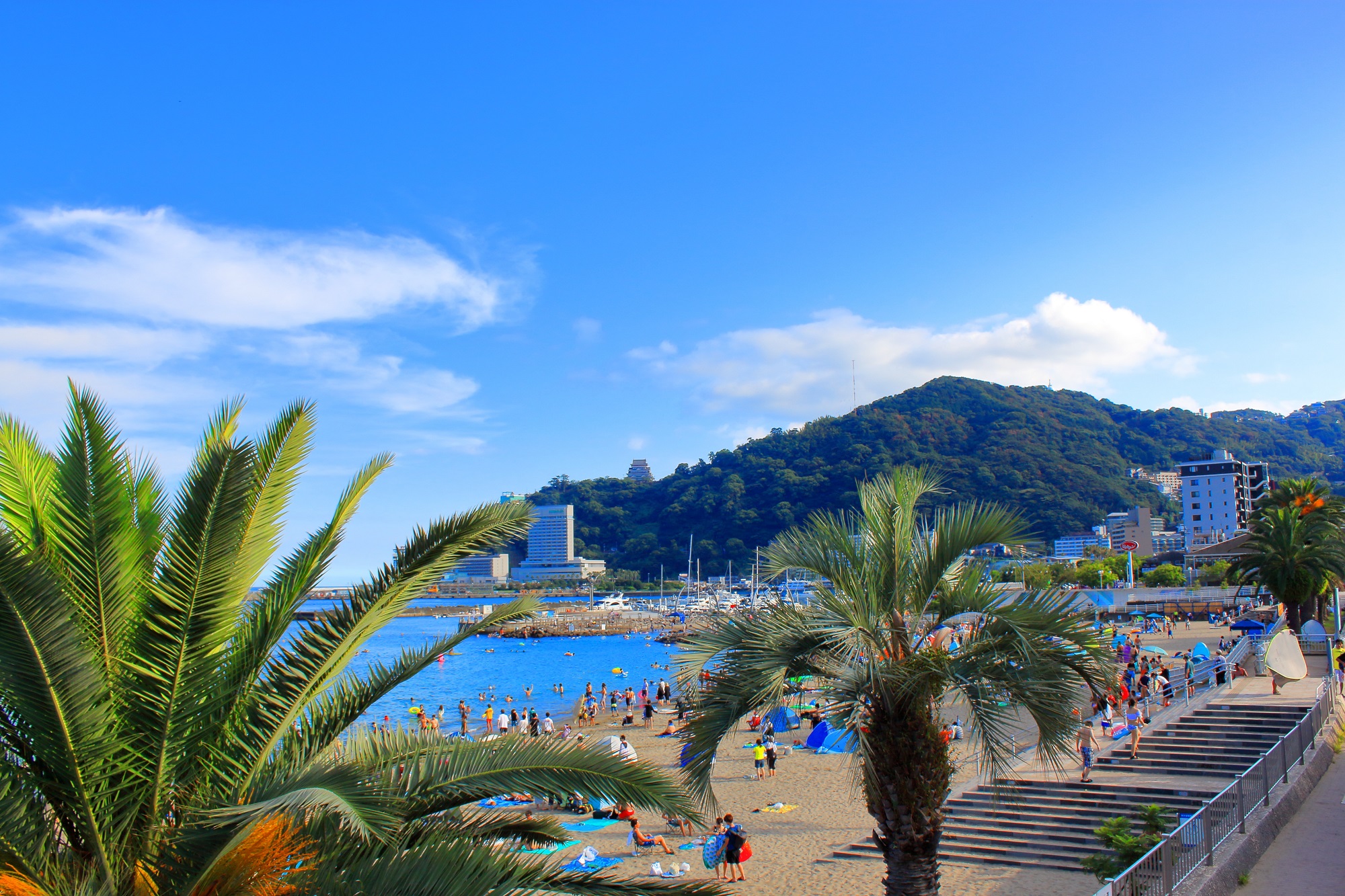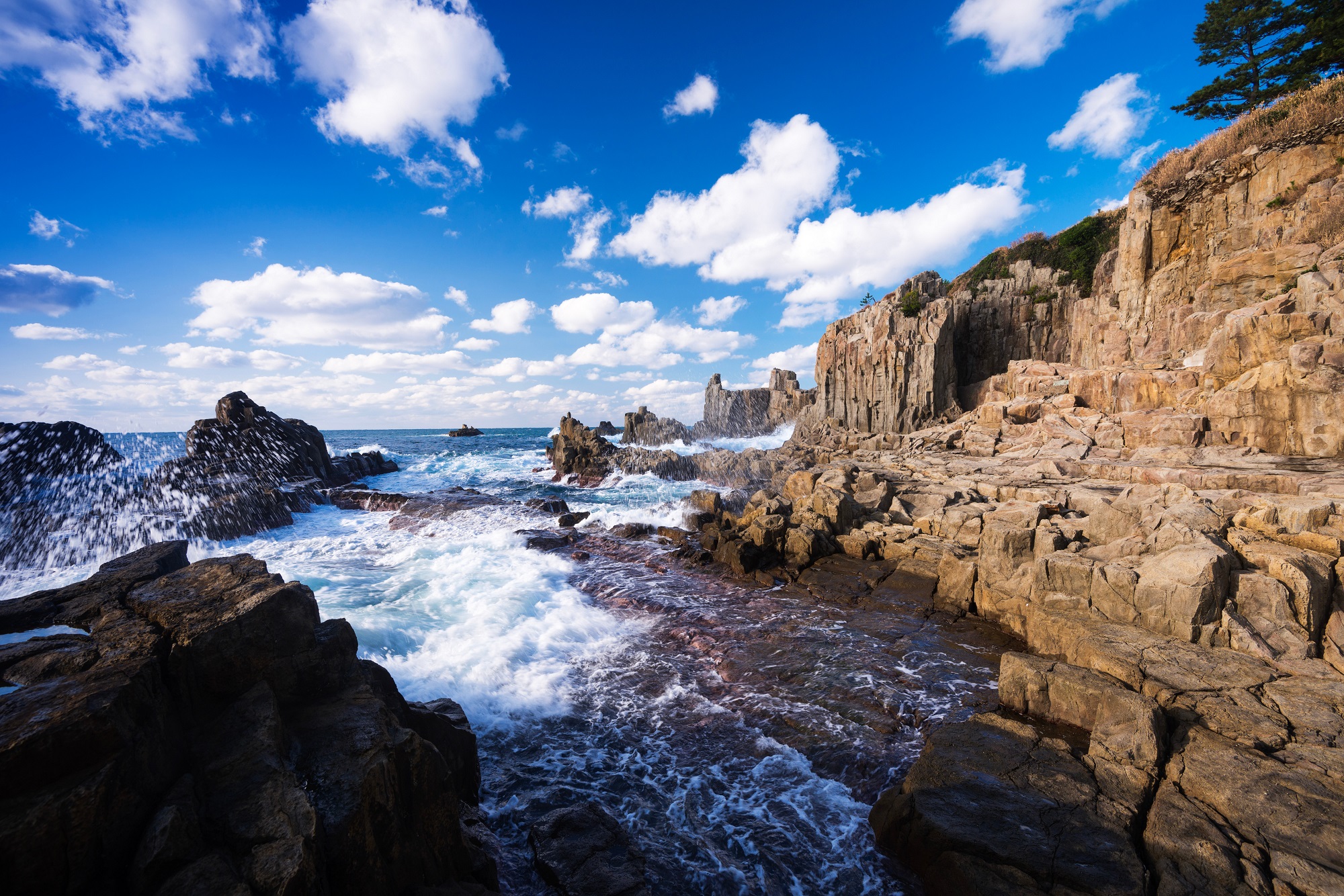Beaches & Coastal Japan / 日本の海辺と海岸
Beaches and Coastal Japan
Being an island nation, Japan is embraced by sea and ocean and has many beautiful beaches. Swimming, scuba diving, SUP [Stand-Up Paddleboard], canoeing, sailing, camping and even BBQ are enjoyed on the beach. There are several onsens [hot springs] and lodging facilities nearby, so taking a relaxing stay to enjoy gorgeous sunsets, spectacular sunrises, and starry night skies are highly recommended.
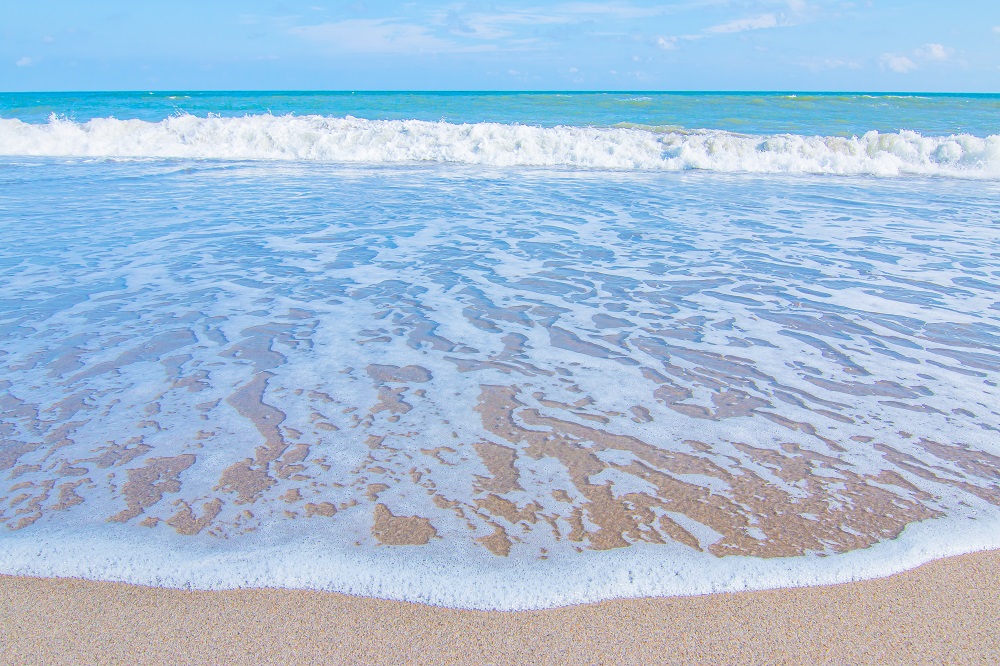
Tips to Enjoy Beaches and Coastal Japan
Head to the coastal regions for stunning beaches and saw-toothed coastline often dotted with towering monuments of rock forged by years of erosion, and beaches stretch along clear blue waters. Find and visit a special spot to the liking. Be aware of the risks and dangers which may arise from spending extended time in nature. Have fun and stay safe!
Main Rules at Beaches and the Coasts
- Do not enter restricted areas or places where swimming is prohibited
-Take the garbage / trash along when leaving
-Do NOT make too much noise
-Do NOT drink alcohol while swimming or playing sports
-Protect yourself from the sunburn and heat stroke
-Watch the weather and do NOT enter the water if conditions deteriorate
-Wear a life jacket when sailing or boating
-Do NOT damage or deface boats or structures
In addition to these general rules, be sure to follow any locally established rules. Lastly, always be mindful of others when taking photographs.
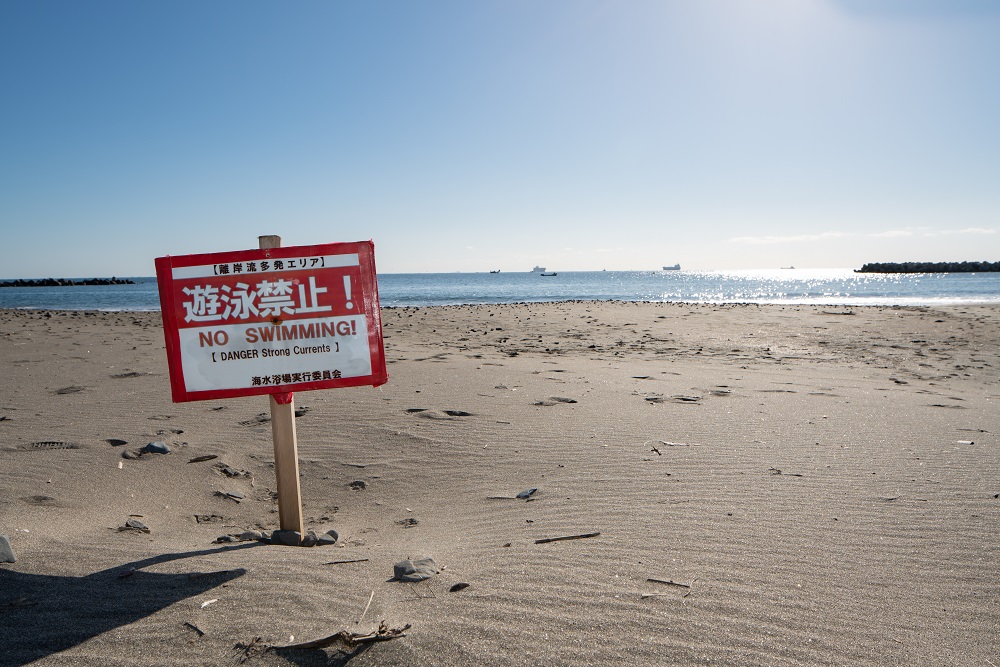
Recommendations of the Coast and Beach in the Chubu Region
Aichi
Himakajima Island (Minamichita Town, Chita District)
Himakajima Island is the closest island to Nagoya, rich in nature and is known for the octopus and puffer fish. The full tour of the island is about two hours on foot, so a leisurely stroll is recommended. The view of the sun rising over the horizon at the "Sunrise Beach" on the east side of the island is a sight not to be missed, and the gentle waves make it an ideal spot for swimming. The large swing "Koibito Swing" [Lover's Swing, or Heidi's Swing] at the high point of the island to savor the feeling of flying out into the sea and sky when swinging. The beach on the west side of the island is the "Sunset Beach", to drink in the warm rays of the setting sun, as well as dolphin petting events held from mid-May to the end of September.

Shizuoka
Dogashima (Nishi-Izu Town, Kamo District)
Dogashima, one of the most gorgeous locations in the Izu Peninsula, is known for the scenic beauty. The intricate coastline, small islands floating in the blue sea, Koganezaki [the Golden Cape] where the cliffs turn gold in the setting sun, 100-meter-long sandy beach of Koganezaki Beach, and Sanshiro Island, able to be walked across at low tide, obvious that people fall in love with Dogashima. The most popular site is the Tensodo Cave, also known as the Blue Cave. Undersea volcanoes formed the caves, and the waves have carved holes in the ceilings. When the light shines through from above, the walls of the cave glow a wondrous blue. The views are seen from the Dogashima promenade, and even more impressive seen from inside the Tensodo Cave from aboard the sightseeing boats sailing out among the islands. The sunset over Suruga Bay is something else not to be missed.
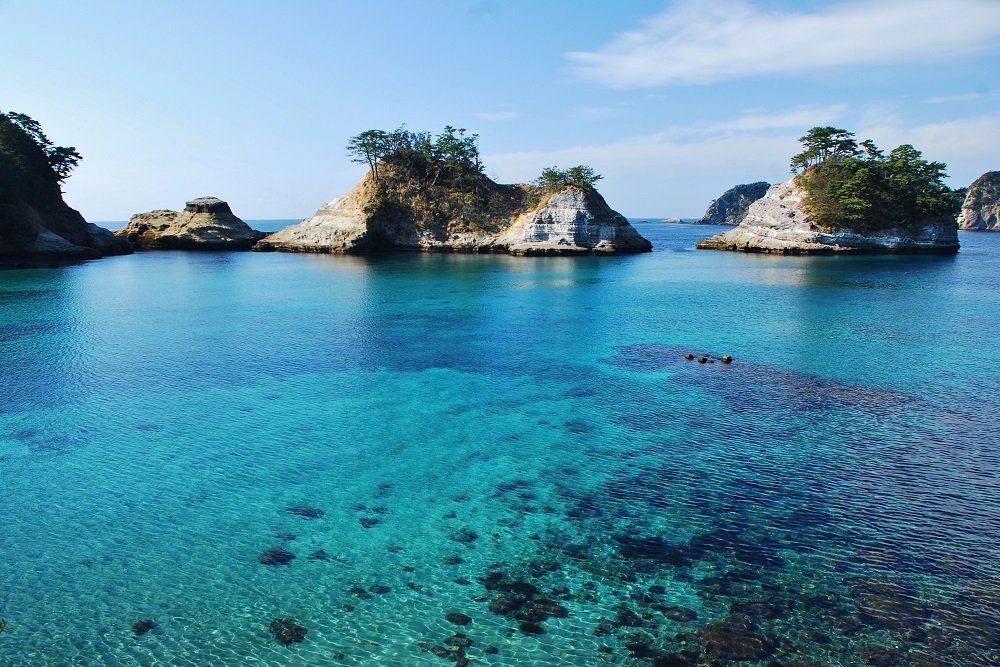
Nagano
Lake Suwa [Suwako] (Suwa City, Okaya City, Shimosuwa Town)
Although Nagano Prefecture is an inland prefecture, there is Lake Suwa in the heart of Suwa City, which is the largest lake in Nagano Prefecture. Enjoy walking, cycling, jogging, or renting a bicycle around the lake, and sightseeing boats, boats, fishing, or kayaking on the lake. The Lake Suwa Fireworks Festival is held every year in August, to enjoy the fireworks lighting up the lake.

Gifu
Nagara River (Gifu City, Seki City, Mino City, Gujo City)
The riverbanks of the Gifu Prefecture are crowded with people during summer. The famous Nagara River is known for both the quality of the water and the tradition of cormorant fishing [a fishing method dating back over 1,300 years, in which trained birds (cormorants) are used for fishing]. Rafting and canyoning are enjoyed on and near the Nagara River and rafting of about eight people using an inflatable rubber boat and paddles navigating the rivers and dodging powerful rapids and rocky outcroppings along the way. Canyoning involves sliding down canyons and jumping off rocks as going down the river. Both are enjoyed in gorgeous natural surroundings in the clear waters of the Nagara River.
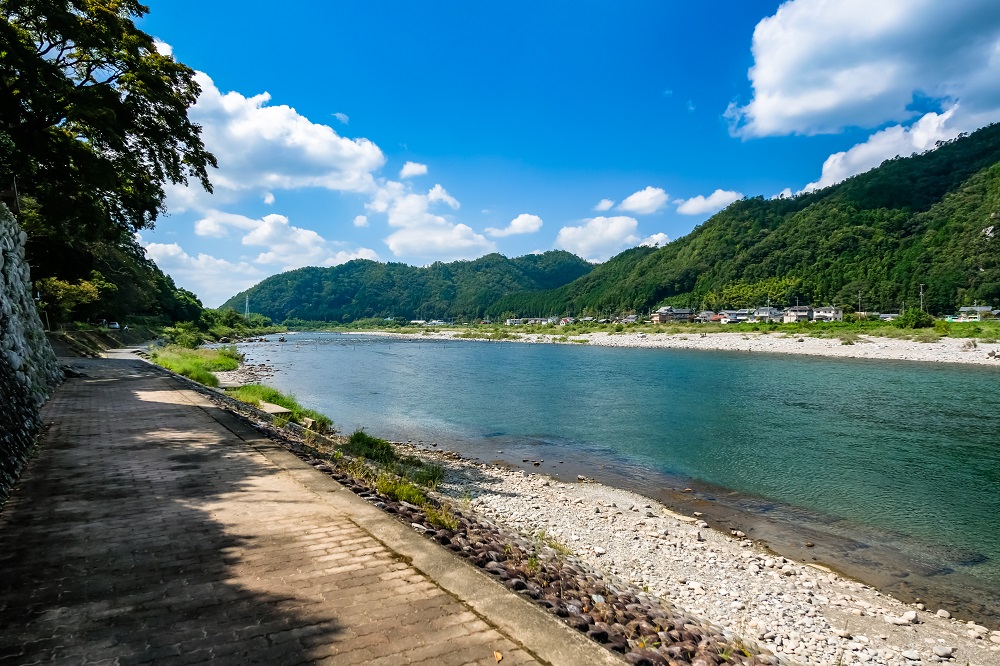
Mie
Azuri Beach (Shima City)
Azuri Beach is a popular swimming spot for summertime, with the clear waters and shallow beach extending 200 meters into the sea, with even sea kayaking experience. An RV campground and bungalows are nearby and camping by the seaside may also be enjoyed. The beach is also famous for starry skies with a clear view of the Milky Way during summer, and on winter evenings, the sunset overlapping the rocky outcropping the “Suzumejima” [Sparrow Island] may be seen as resemblance of the Godzilla blowing fire or holding the sun in the mouth.
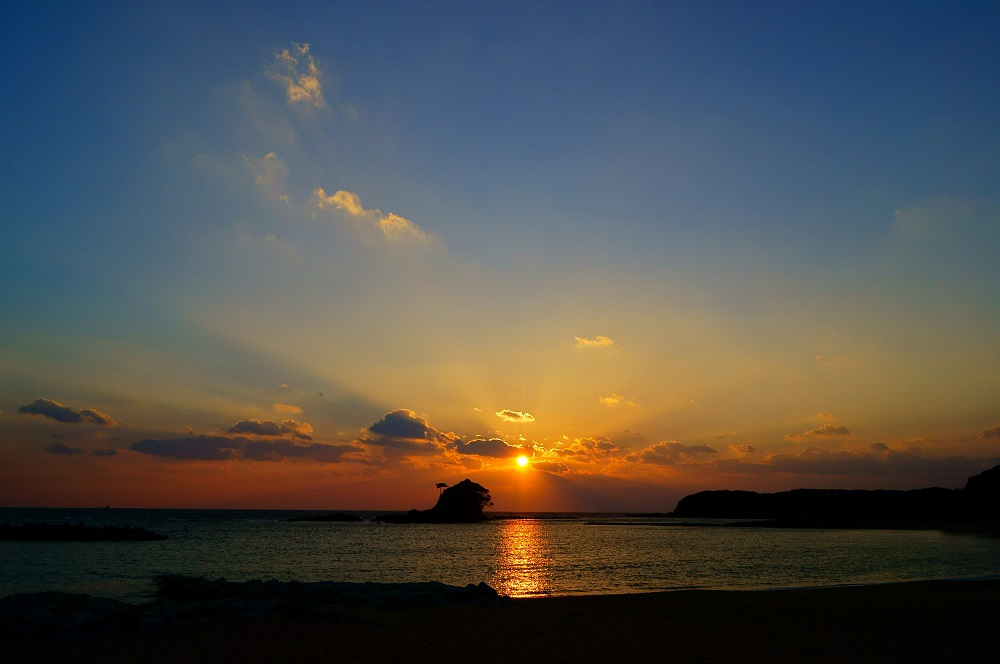
Shiga
Omi Maiko (Otsu City)
Shiga Prefecture, another inland prefecture, is home to the largest freshwater lake “Biwako” [Lake Biwa], referred to as the “Mother Lake” in Japan, and is a nice and refreshing place to dip in the water during summer. Omi Maiko Beach is one of the “Eight Views of Biwako [Lake Biwa]” and a child-friendly beach with the gentle waves and 3Km long stretch of sand. The beach is also easy to access, being just a 2-minute walk from Omi Maiko Station on the JR Kosei Line, and visitors enjoy swimming, fishing, cycling, camping, and other activities while enjoying the magnificent scenery of Biwako [Lake Biwa] of the white sandy beaches, the lush pine forests and the mountains in the distance.
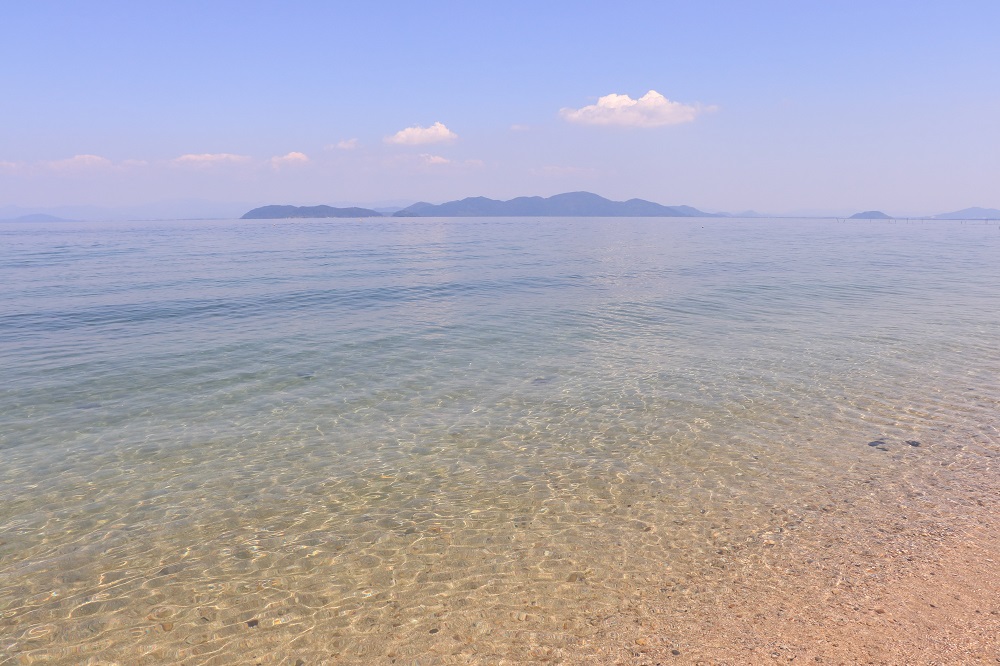
Fukui
Wakasa Wada Beach (Takahama Town)
The clear and shallow waters and white sands, Wakasa Wada Beach was the first to receive the Blue Flag International Environmental Certification, along with Yuigahama Beach in Kanagawa Prefecture. The Blue Flag Environmental Certifications are awarded to beaches that meet strict criteria and exhibit "pure water, clean coasts, safety and access for all". The contrast between the white sandy beach, the shining blue sea, and Mt. Aoba, popularly known as the Fuji of Wakasa, is truly picturesque. Beach houses, barbecue areas and campgrounds make a great place for the whole family to enjoy.
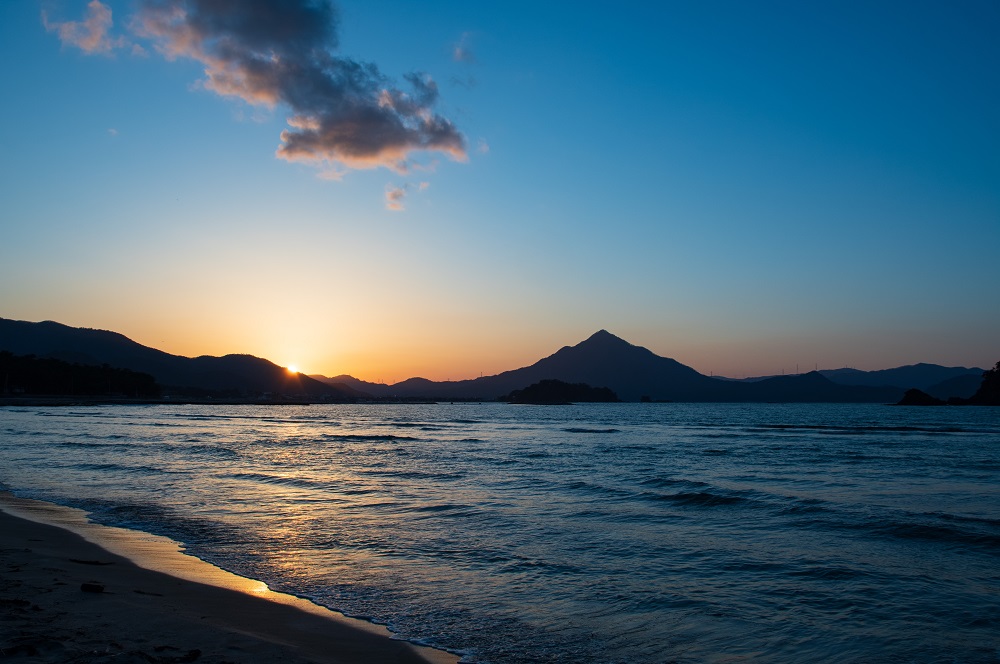
Ishikawa
Imahama Coast (Hodatsushimizu Town, Hakui District)
In summer, the clear, shallow waters and beautiful views of Imahama Beach attract visitors to the Imahama Coast. At the entrance of the Imahama Beach, is the Chirihama Nagisa Driveway, the only sandy beach in Japan packed enough to support automobiles, motorcycles and bicycles for a drive along the beach. The driveway extends roughly 8 Km from Imahama for a leisurely drive along the lapping waves of the beach. When driving, take care of pedestrians and bicycles, keep your speed and drive safely. Be careful not to get the tires stuck in the sand.
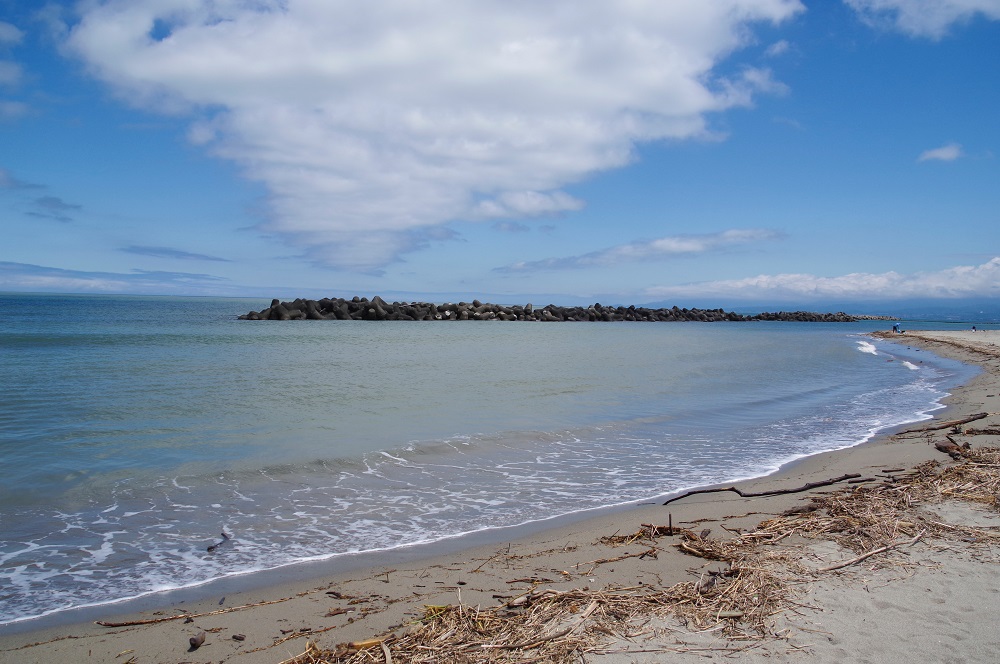
Toyama
Iwasehama Beach (Toyama City)
Iwasehama Beach is a special spot to enjoy the sea and the mountains together. While enjoying swimming in the sea, the scenery of the Alps of the Tateyama Mountain range and the "Koshi no Matsubara" (selected as one of the 100 best white sand and blue pines) is also to be enjoyed. It is easily accessible from the center of Toyama from Dentetsu Toyama Station to Iwasehama Station (on Toyamako Line of Toyama Chihou Railway) in about 25 minutes and walk for about five minutes from Iwasehama Station. The Iwase area is where the old townscape that flourished with Toyama Port, the gateway to the sea of Toyama City and Kitamaefune, remains, makes a great place to take a walk. After enjoying the scenery along the sea, taking a walk around the city is also recommendable. From April to May, a tradition in Toyama called "Firefly Squid Throwing" is held, and the sight of firefly squid glowing pale is seen.
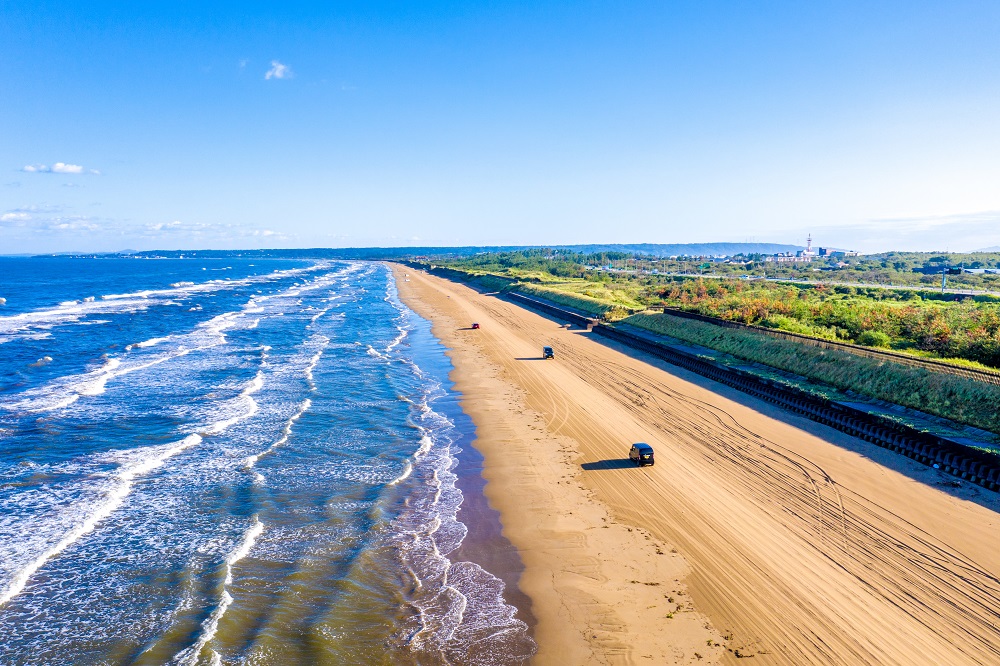
Destinations
Hamanako [Lake Hamana] / 浜名湖 (Shizuoka)
Lake Hamana is a brackish-water lake that spans the boundaries of Hamamatsu and Kosai cities. With a circumference of 114 km, it is the largest brackish-water lake in Japan. Eels, seaweed, oysters, an....
Atami / 熱海 (Shizuoka)
Atami is celebrated as one of the finest hot spring resorts in Japan. It is said that not only did Tokugawa Ieyasu visit Atami Onsen for a hot-spring cure, but he also had the restoratively gentle spa....
Biwako [Lake Biwa] / 琵琶湖 (Shiga)
The pride of Shiga Prefecture, Lake Biwa, is the largest freshwater lake in Japan. It is also the oldest lake in the country with a history dating back as far as four million years, and is one of the ....
Tojinbo Cliffs / 東尋坊 (Fukui)
Tojinbo Cliff is the most famous tourist attraction in Fukui Prefecture. The huge, vertical, pillar-shaped rocks cluster along the coastline for about a kilometer, an arresting view. The sight of the ....

